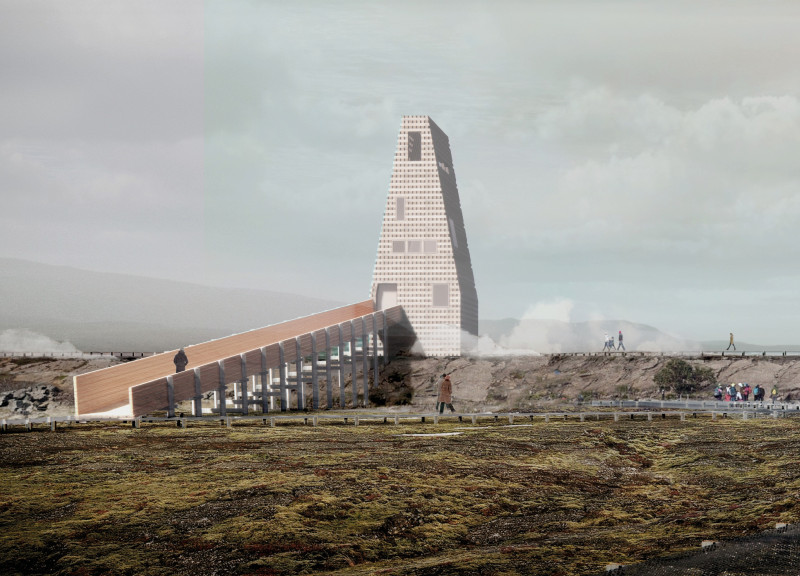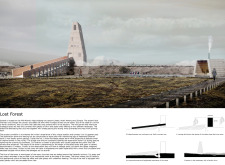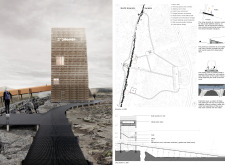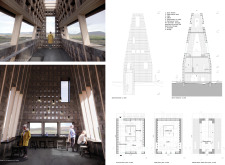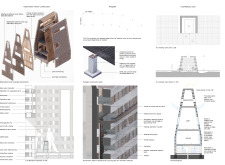5 key facts about this project
The architectural project under analysis represents a contemporary approach to urban design, emphasizing functionality while prioritizing environmental sustainability and community interaction. Located in an urban setting, the project is designed to serve as a multi-functional space, accommodating various needs such as residential, commercial, and recreational functions. The architectural design showcases a harmonious integration of built structures with the natural landscape, utilizing strategies that enhance both human experience and ecological performance.
The design employs a variety of materials, including locally sourced brick, glass, and metal. This choice reflects a commitment to sustainability and local identity, ensuring that the structure resonates with its surroundings. The primary façade features large glass panels, creating transparency that encourages visual connectivity between interior spaces and the exterior environment. These elements are complemented by strategically placed greenery, enhancing aesthetic appeal while bolstering the ecological footprint of the project.
One notable aspect of this architectural project is its innovative layout, which maximizes space efficiency without compromising comfort. The design includes open-plan areas that facilitate natural light flow, significantly improving the internal ambiance. Furthermore, the project integrates energy-efficient systems, such as solar panels and rainwater harvesting, which contribute to its sustainability objectives. The consideration of passive design principles is evident in the orientation and placement of windows, which optimize natural ventilation and thermal comfort.
The emphasis on community engagement is another defining feature of this project. Rather than being a solitary structure, it promotes interaction and connectivity among users through shared spaces. These areas are thoughtfully designed to host social activities and events, fostering a sense of belonging and collaboration within the community. The inclusion of flexible spaces allows for adaptation over time, ensuring the facility can grow and evolve with its users' needs.
Attention to detail permeates through the design, with carefully considered architectural sections that enhance overall functionality. Circulation is intentionally planned, guiding users naturally through the space while offering visual landmarks that aid navigation. The integration of technology also plays a significant role, providing smart building solutions that contribute to operational efficiency and user experience.
For readers seeking deeper insights into this architectural project, exploring the architectural plans and sections will reveal additional layers of complexity and thoughtfulness embedded within the design. The architectural ideas presented here exemplify an approach that balances modern aesthetics with timeless principles of sustainability and community focus. Explore the project presentation to further appreciate the nuances and innovations that set this design apart.


